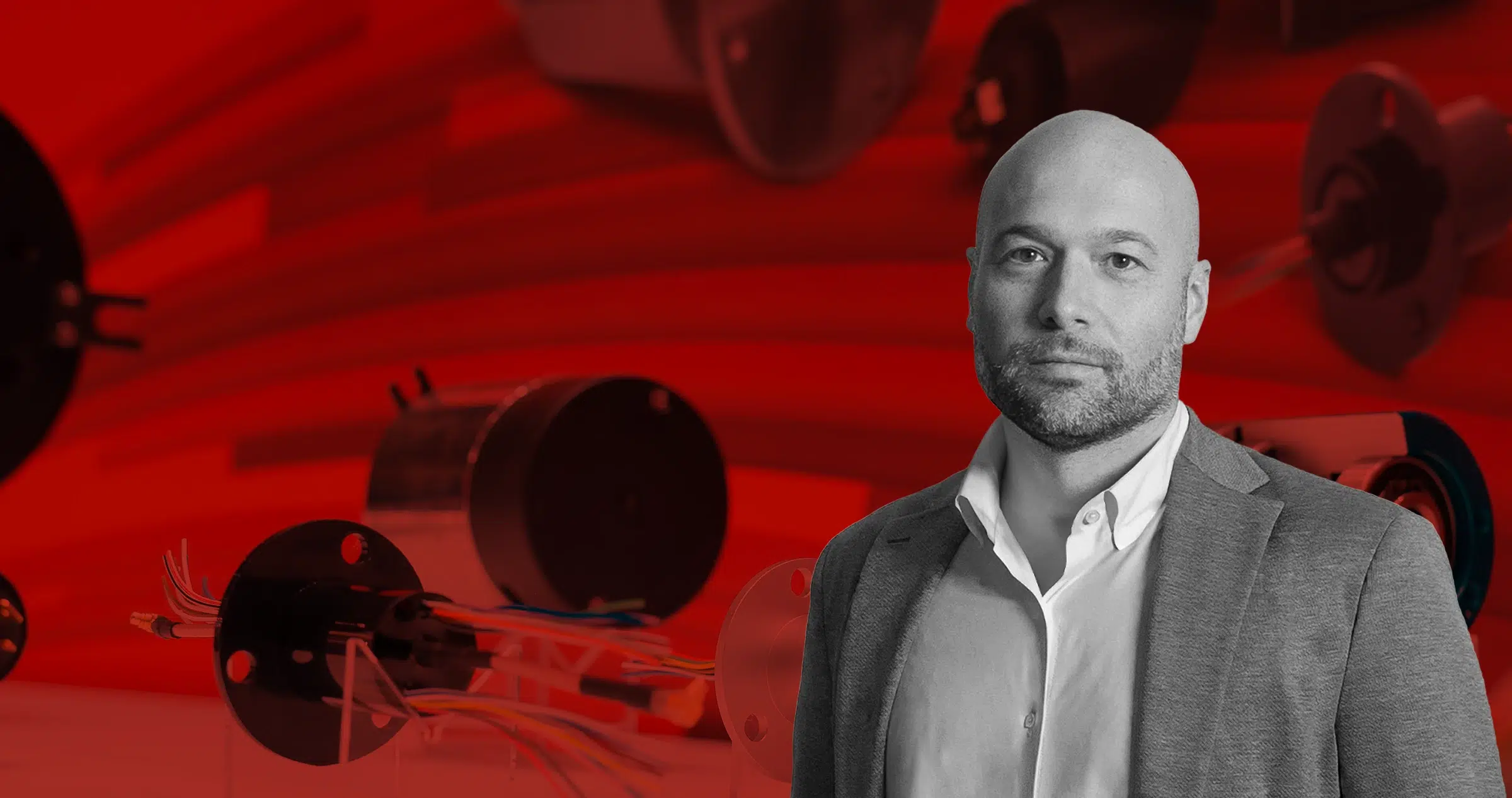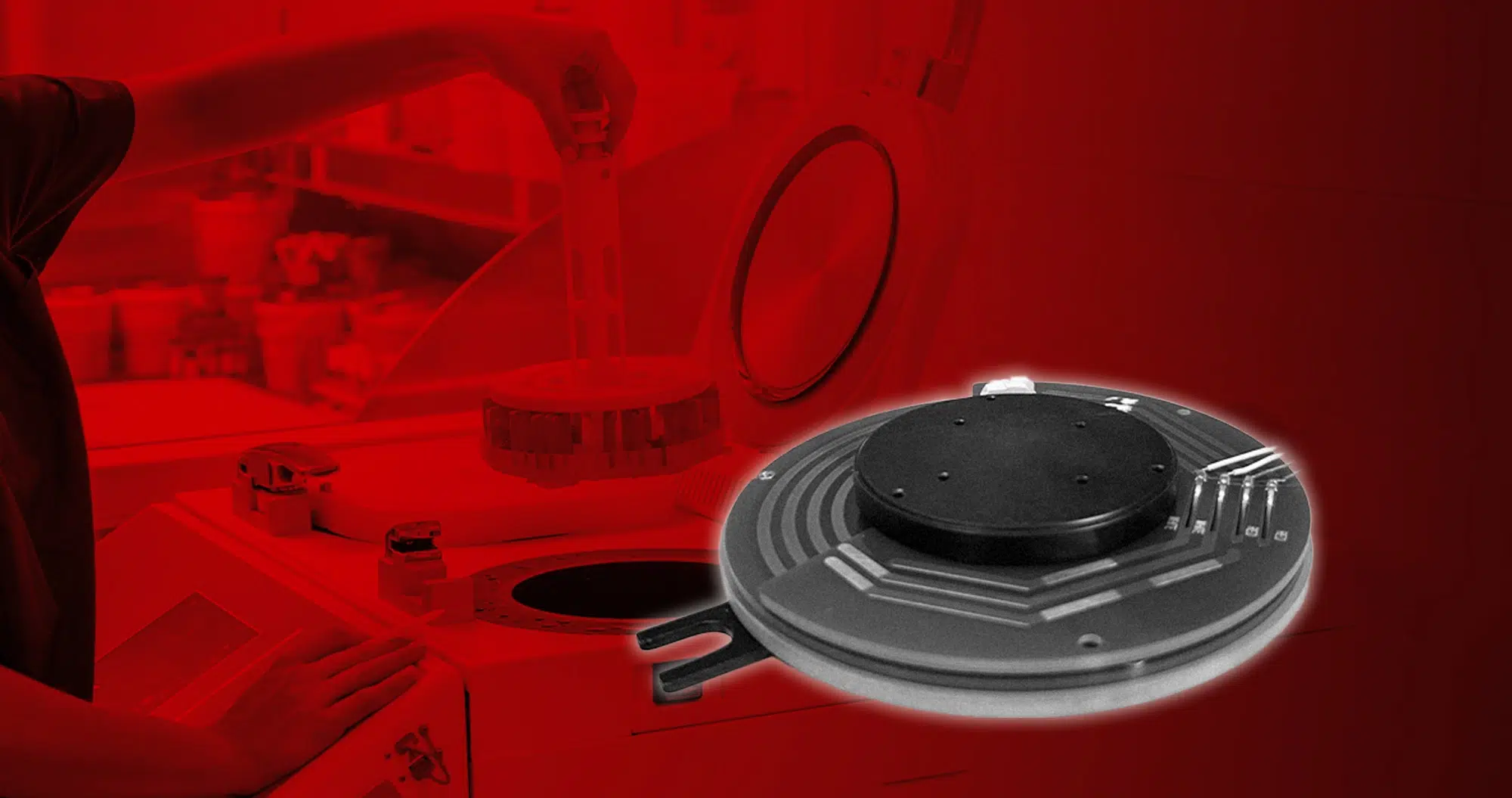Diabetes is one of the most common diseases in today’s societies. If this condition is not treated properly or in time, this could lead to major […]
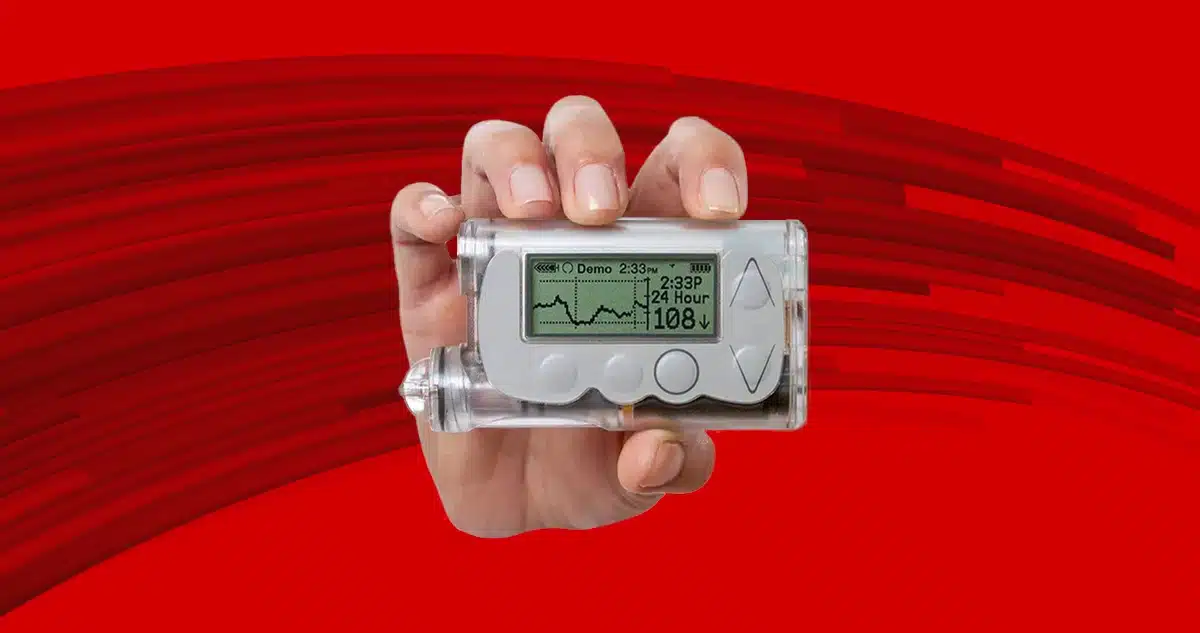
Diabetes is one of the most common diseases in today’s societies. If this condition is not treated properly or in time, this could lead to major damage to important organs such as the heart, eyes, and kidneys. Chronically ill patients can control their treatment optimally thanks to an insulin pump — supported by micromotors.
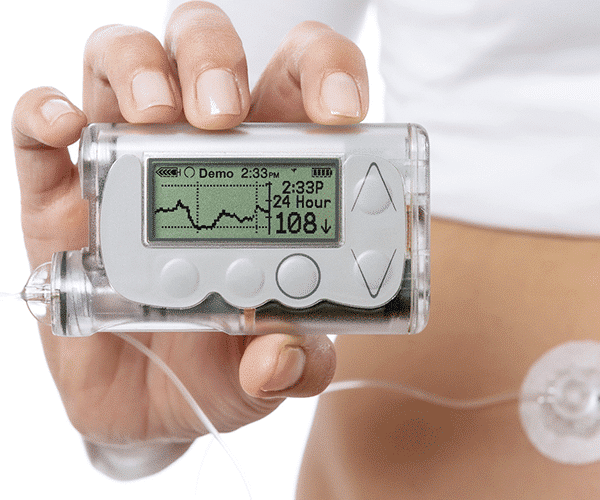
Diabetes is a widespread disease.
Diabetes mellitus, commonly known as diabetes, is a chronic metabolic disorder in which there is a dysfunction in the body’s production of the hormone insulin.
Immediately after eating, healthy people’s blood sugar spikes as glucose in food enters the bloodstream. Insulin causes somatic cells to absorb the sugar in the blood, and this causes the blood glucose level to fall again. Due to the body’s control mechanism, insulin keeps blood sugar within very tight limits. People who do not produce insulin or make enough of it, or those who cannot use it, suffer from diabetes.
Two different types.
Medicine distinguishes between type 1 and type 2 diabetes. Usually, the first symptoms of type 1 diabetes occur during childhood or adolescence, and the bodies of these patients do not produce insulin. Type 2 diabetes, on the other hand, is caused by poor diet, overweight, and low physical activity.
Diabetics need to take insulin regularly to keep their glycemic index in the normal range. For patients with type 2 diabetes, it is generally sufficient to take only tablets. In more severe cases of type 2 and in type 1 patients, insulin needs to be injected, which is usually done using a pen-like instrument: an injection device that resembles a fountain pen.
In addition to taking insulin, patients need to constantly monitor their blood sugar and learn to estimate the carbohydrate content in their meals to calculate the amount of insulin required.
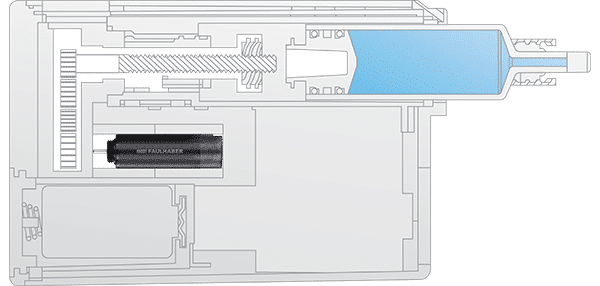
Relief through technology.
Recently, technology has been developed to ease the lives of diabetics greatly: it is the insulin pump. The patient can hold it in direct contact with the body, and it constantly delivers a small amount of insulin into the bloodstream. In contrast, the additional insulin required for meals can be controlled by pressing a button. While it does not supplant the patient’s need to estimate carbohydrate intake, it brings tremendous relief in daily life for most users. It is even used among young children and allows remote control by parents.
Insulin pumps equipped with a micromotor.
Although several companies produce them, the structure of insulin pumps is always the same: insulin contained in a vial is administered–using a catheter and a cannula–in the required amount using a battery-powered pump. Through a threaded rod, a small motor pushes the cap of the insulin vial forward, promoting its release. The requirements placed on the motor are extremely high: to keep the weight of the portable device light, the motor must be extremely compact, with a maximum diameter not exceeding 10 millimeters. In addition to these mechanical requirements, it is easy to think about how much reliability and precision of the motor matter in such a sensitive application area; too much or too little insulin would compromise the patient’s health. Because insulin must be injected into the body every few minutes, the motor must be able to start and stop at regular intervals. In addition, battery power means that the motor must operate with energy efficiency.
Perspectives for the future.
Diabetic patients mainly use the insulin pump as a wearable portable medical pump, but other application fields are emerging. Indeed, it is true that patients with chronic diseases of other kinds-such as Parkinson’s disease or immunodeficiency-also, similarly require treatment with injections at regular intervals. In these applications, stepping micromotors are already being used.
